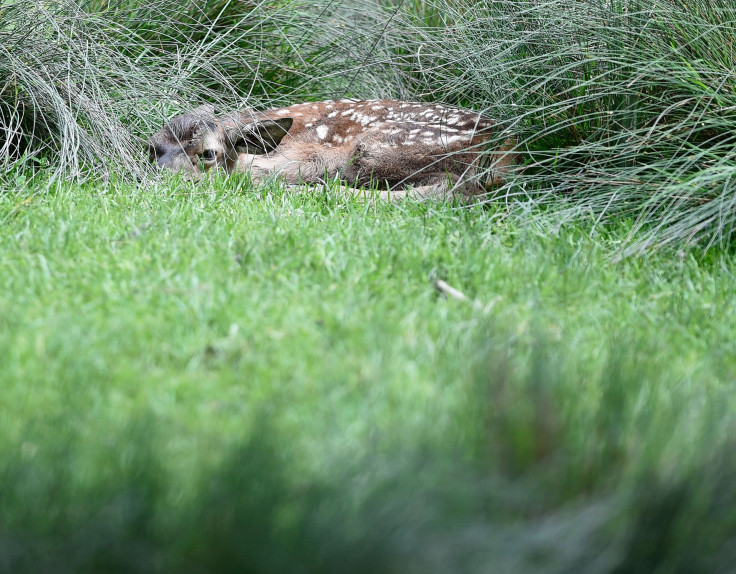Two-Headed Deer: Natural Mutant First Case Of Conjoined Birth Known Among Species

The discovery of a two-headed mutant fawn in a Minnesota forest has become a landmark in the study of wildlife deformity. A study recently published in the science journal American Midland Naturalist gave details about the conjoined deer.
Researchers said while there have been previous reports of conjoined deer, this was the only one in which the baby reached full term and was born.
"It’s never been described before," Lou Cornicelli, co-author of the study and a wildlife research manager for the Minnesota Department of Natural Resources, told Fox 9. "There are a few reported cases of two-headed ungulate fetuses, but nothing delivered to term. So, the uniqueness made it special."
When found two years ago, the white-tailed deer fawn was said to be “clean, dry, and freshly dead.” The deer carcass was handed over to the Minnesota Department of Natural Resources (DNR). The study also said that the fawns were “found groomed” suggesting “the doe tried to care for them after delivery.”
"It's amazing and extremely rare... We can't even estimate the rarity of this. Of the tens of millions of fawns born annually in the US, there are probably abnormalities happening in the wild we don't even know about," deer ecologist Gino D'Angelo of the University of Georgia said, according to Science Alert.
It’s believed the conjoined twins were stillborn, and 3D simulations of their skeletons show they were connected at the vertebrae. They had separate hearts, esophagi and forestomachs but shared the same liver, extra spleens, and gastrointestinal tracts. They had normal fur, heads, and legs.
“Their anatomy indicates the fawns would never have been viable,” D’Angelo told UGA Today. “Yet, they were found groomed and in a natural position, suggesting that the doe tried to care for them after delivery. The maternal instinct is very strong.”
Two-headed fawn found in Minnesota forest shows rare wildlife deformity https://t.co/pKUN8cHtkU
— Fox News (@FoxNews) May 13, 2018
Among domestic wildlife, only 19 cases of conjoined twins were found between 1671 and 2006, D'Angelo said. Of these cases, only two were of white-tailed deer, and neither made it through the full pregnancy.
Co-author Louis Cornicelli described the find to Fox 9 as “special.”
“Animals that are stillborn, they don’t last long on the landscape because of scavengers,” Mr Cornicelli said. “In our case, we were lucky that he found the fawn before it was eaten and turned it into [the] DNR.”
The conjoined fawns will be put on display by Minnesota DNR at its headquarters while the University of Minnesota Veterinary Anatomy Museum will have a skeletal display.
"We all thought it was pretty neat and were glad to be able to show it to the public," co-author Cornicelli told Fox 9. "The taxidermists, Robert Utne and Jessica Brooks, did a great job with the mount and treated it very respectfully."
© Copyright IBTimes 2025. All rights reserved.





















